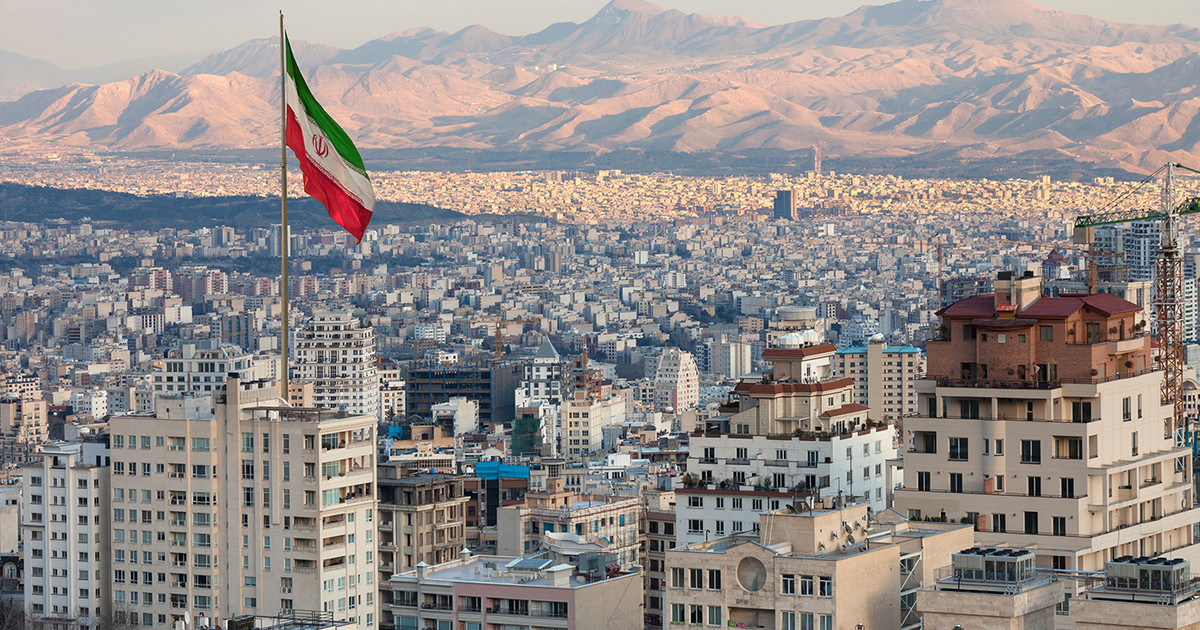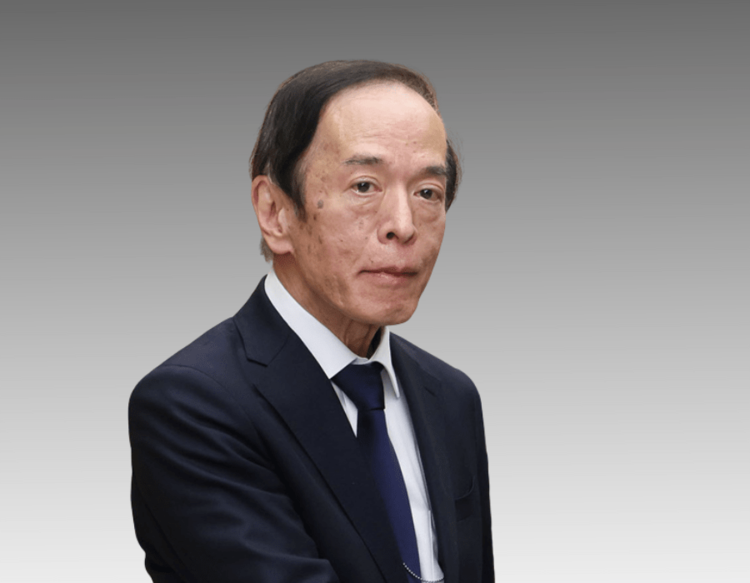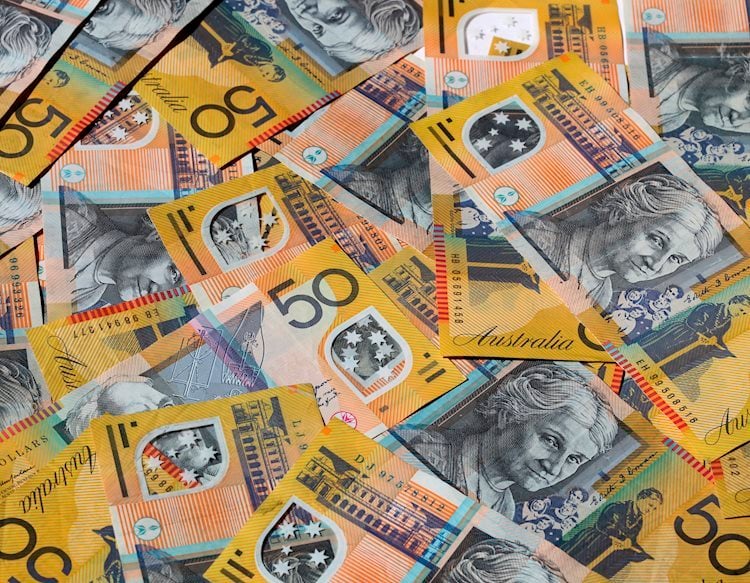From the wall in the center of São Paulo to the European tour, Brazilian voices join in defending nature. As the Polish-Brazilian multi-artist Frans Krajcberg (1921-2017) did throughout his life — denouncing fires and deforestation, criticizing mineral extraction and lending his art to the defense of turtles —, a generation of inventive contemporary Brazilian artists opens wide. environmental issues for the general public.
Thiago Mundano, who calls himself “artivist”, is one of those exponents. In October, he drew attention for doing, in downtown São Paulo, a giant reinterpretation of the canvas “O Lavrador de Café”, by Candido Portinari (1903-1962). Using ashes from forest fires as a raw material for his paint, he remade the famous picture replacing the farmer with a volunteer forest brigade, one of those who work to mitigate the impacts of the fires that destroy the Brazilian biomes.
“It’s a necessary art for the global challenges we have, the climate emergency and all this discourse that arrives at the COP, mainly because it only remains in one discourse and the problem is gigantic”, he stated about the repercussion of the work, on the eve of the 26th edition of the World Climate Conference, COP26, in Glasgow, Scotland.
Mundano claims that Brazil is experiencing an “environmental dismantling” and that the sector “has never been a focus of protection” by any government. “We’ve set back decades of progress in environmental legislation. We are talking about lives, lack of water, endless poverty. You can’t be silent”, he comments.
To carry out his most recent work, the “artivist” carried out a 10,000-kilometer long expedition through the Amazon, Pantanal, Cerrado and Atlantic Forest. And collected ash resulting from forest fires. “I saw the size of agribusiness, the size of the destruction,” he says. “And I felt small given the size of this destruction.”
To obtain the material, he often entered private properties. All to get what he called the “dust forest”.
This is not his first foray into environmental issues. Last year, the artist used the toxic sludge from the accident at the Brumadinho dam, in Minas Gerais, to make a panel with the reinterpretation of “Operários”, a painting by the modernist Tarsila do Amaral (1886-1973).
Eduardo Kobra and the Greenbrush
Historically linked to environmental themes, the world-renowned Brazilian muralist Eduardo Kobra also intends to approach Brumadinho. He says that he already had the tragedy of the Minas Gerais municipality on his creative radar and confirmed the decision after a recent poll on his social networks resulted in several requests regarding the topic.
The artist has a series of productions focused on the environment, called Greenpincel, in which he denounced problems ranging from river pollution to global warming, including forest fires, predatory fishing and violence against animals.
At the beginning of the year, at the height of the Covid-19 pandemic in Brazil, he decided to paint in an inactivated oxygen cylinder. The piece, a symbol of hospital treatments against the disease, was transformed into a dome, containing the image of a small tree inside.
“Breathing”, the name of the work, spoke as much about the drama of the sick as about the Amazon rainforest — the work was sold, and the amount collected was used to purchase two oxygen production plants to serve hospitals in the Manaus region.
It’s a tune he intends to continue. “I have another project in mind, which I am creating, about forest fires. I’m going to use the funds raised from the work itself to help institutions that work with animal protection,” says Kobra.
“Taking care of the planet is taking care of our children, the well-being of everyone. I’ve always had this inspiration and I want to continue painting as a way to raise awareness”, says the artist. “If a person can perceive the messages that were placed in the works and, with that, change their habits, my objective is being reached.”
Exhibitions in Europe
If the numbers show record deforestation and forest fires in Brazil, COP26 participants in the United Kingdom will be able to see the beauty — increasingly rare — of the Amazon rainforest. This is because an exhibition by Sebastião Salgado was inaugurated in October in London, the result of around 50 trips he made to the biome, between 2003 and 2019.
Anyone who sees the 200 images is convinced: Brazil actually holds a veritable earthly paradise. The photographer’s option was to show what is still there. In his images there are no scenes of destruction or deforestation. He portrayed nature untouched by man.
Salgado’s work brings a reminder: there is still time to save the Amazon. After London, the idea is for the exhibition to be brought to Brazil in the second half of next year — yes, just on the eve of the presidential election, when the theme of the environment should be one of the hotly debated points.
This semester, Brazilian actress and playwright Gabriela Carneiro da Cunha took the performance “Altamira 2042” to Europe. In six countries, she presented her artistic reading of what happened in Xingu, Pará, with the construction of the Belo Monte plant.
According to her, the show is the result of “the testimony of Brazilian rivers that are experiencing an experience of catastrophe”.
“Obviously, people are already awake to the ongoing environmental catastrophe, they have their eyes turned to Brazil”, says Gabriela.
“Brazil is not only the country that houses the largest rainforest in the world, but also one of the largest democracies in the world. Both the old forest and the young democracy are currently threatened to reach the point of no return”, he says. “As an artist, I’m engaged in maintaining life.”
Interventions in polluted rivers
Known for major urban interventions, especially in São Paulo, artist Eduardo Srur says that his environmental engagement occurred “organically” throughout his career, mirroring, in fact, the way in which the theme became urgent.
“My studio is in front of the Pinheiros river, one of the most polluted. I have a very strong relationship with water and nature and I became very impacted by this”, he says.
In 2006, he decided to spread kayaks along the fetid São Paulo watercourse. “Then came other interventions that deal with this issue of the disturbance that society has in relation to the landscape and natural resources.”
Srur also installed giant PET bottles in the Tietê river, the largest in São Paulo, built a labyrinth with trash walls in the Villa-Lobos park, in the west of São Paulo, created an aquarium only with underwater debris in Guarujá, on the coast of the state. , among other experiences, always shocking and impactful.
“The artist has to be a voice in society, use his own work to propose changes and provoke provocations”, he argues. “I want to get the public and society out of anesthesia, to get everyone thinking about these problems.”
The artist believes that the fact that he is Brazilian allows for a “potential” that stems from the “incompetence of public administration in preserving natural resources”. But, he emphasizes, his art is not regionalist. “Any artist in the world could address these issues, which are global. What happens is that Brazil has been a terrible example to be followed in the environment.”
For 2022, he plans three major interventions linked to the preservation of animals.
Reference: CNN Brasil






